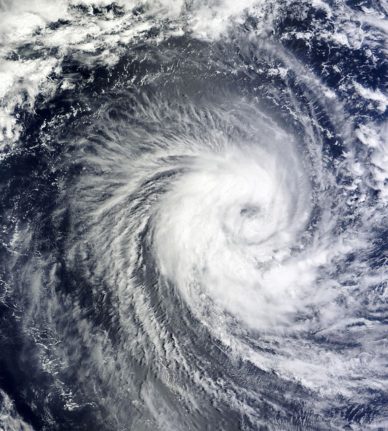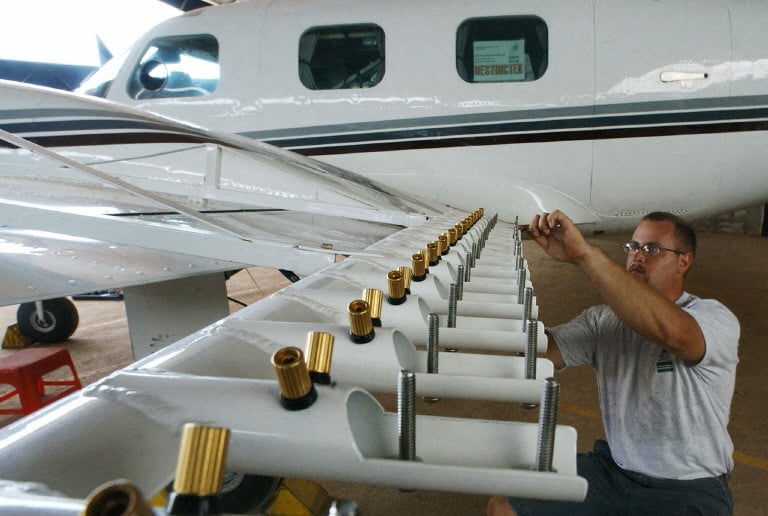Spain has suffered its fair share of extreme weather this summer. Whether it be temperatures in the high forties during Spain’s ola de calor, a mini-tsunami in southern Spain, forest fires across the country, or a freak hail storm that killed a toddler recently, Spanish weather has been as unpredictable as it has extreme.
READ MORE: WHO says heatwave caused 1,700 deaths in Spain and Portugal
To further add to the summer of extreme weather, meteorologists are now predicting a possible tropical cyclone could be headed for the Spanish mainland.
According to Spanish weather website eltiempo.es, an unstable area of pressure is currently sitting in the middle of the Atlantic Ocean at relatively high latitudes. Forecasts from various weather models suggest this zone could form a tropical storm.
The United States National Hurricane Center gives a 70 percent chance of a cyclone forming in the coming days.
READ MORE: VIDEO: ‘Mini tsunami’ shocks beachgoers in southern Spain
Models suggest that it would move slowly to the northeast, then turn eastward and move more quickly, picking up its maximum intensity, with the modelling forecasting that it could have the characteristics of a Category 1 hurricane from Tuesday of next week.
It is worth noting that although several models are predicting this, the possibility of whether the potential cyclone will affect Spain, or perhaps even reach the mainland, is not yet certain.
However, eltiempo.es states that “several of the main weather models indicate that the tropical cyclone could approach Spain on Thursday next week.”
This wouldn’t be the first tropical storm system to affect the Iberian Peninsula, however. In 2005, Hurricane Vince entered Spain as a tropical storm through the Gulf of Cadiz. And in 2018, the remains of Hurricane Leslie also reached Spain as a cyclone.
Effects
What happens if a cyclone does form? What happens if it approaches, or even enters, the Spanish mainland? If it were to move towards the northwest coast of the country, it is predicted to cause a strong burst of sustained southern wind.
It would also cause rough seas along Atlantic coast, as well as heavy rain.
If the potential cyclone approaches the mainland or even enters the peninsula, intense winds would likely be felt across the country, and there could ‘widespread instability’, according to eltiempo.es, with strong winds and rain.




 Please whitelist us to continue reading.
Please whitelist us to continue reading.
Member comments